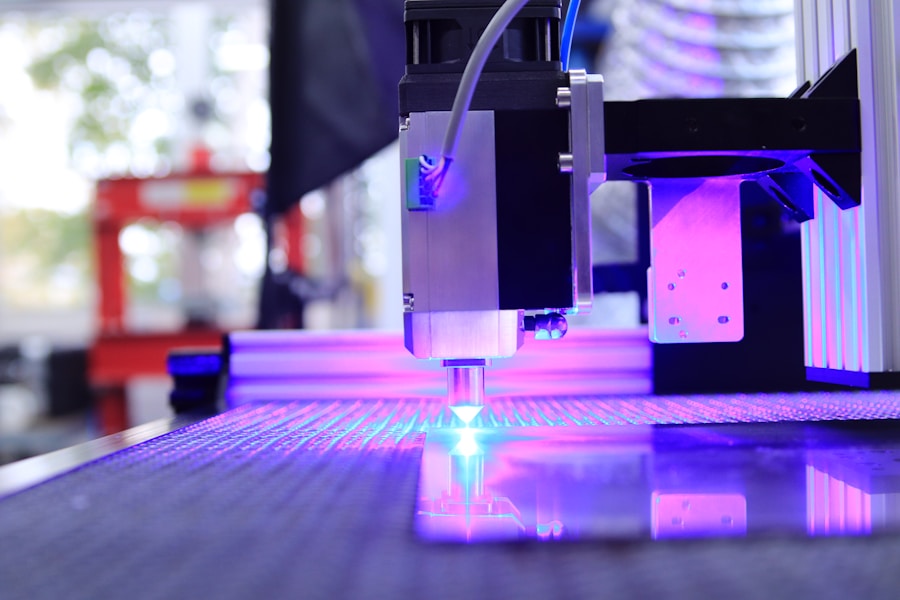Pain is a complex and subjective experience that can vary greatly from person to person. It is influenced by a variety of factors, including genetics, psychological state, and previous experiences with pain. When it comes to cosmetic procedures such as laser hair removal and tattooing, the pain factor is often a concern for many individuals. Understanding the nature of pain and how it is perceived can help individuals make informed decisions about these procedures.
Pain is typically categorized into two main types: acute and chronic. Acute pain is short-lived and often serves as a warning signal that something is wrong in the body. It is usually caused by tissue damage or injury and can range from mild to severe. Chronic pain, on the other hand, persists over a longer period of time and can be more difficult to manage. It is often associated with conditions such as arthritis, fibromyalgia, or nerve damage. When it comes to cosmetic procedures, the pain experienced is usually acute and temporary. However, the intensity of the pain can vary depending on the individual’s pain threshold and the specific procedure being performed.
In addition to the physical aspects of pain, there are also psychological and emotional factors that can influence how pain is perceived. Anxiety, fear, and stress can all contribute to an individual’s experience of pain. Conversely, relaxation, distraction, and positive thinking can help reduce the perception of pain. Understanding these factors can help individuals better manage their pain during cosmetic procedures and make the experience more comfortable.
Laser Hair Removal: What to Expect
Laser hair removal is a popular cosmetic procedure that uses concentrated beams of light to target and destroy hair follicles. While it is an effective and long-lasting method of hair removal, many individuals are concerned about the potential pain associated with the procedure. The level of pain experienced during laser hair removal can vary depending on the individual’s pain threshold and the area of the body being treated. Generally, most people describe the sensation as a mild stinging or snapping feeling, similar to the snap of a rubber band against the skin. However, some areas of the body may be more sensitive than others, such as the bikini line or underarms.
To manage the pain during laser hair removal, there are several strategies that individuals can employ. Many clinics offer numbing creams or gels that can be applied to the skin prior to the procedure to help minimize discomfort. Additionally, some individuals find that taking over-the-counter pain medication, such as ibuprofen or acetaminophen, before their appointment can help reduce the sensation of pain. It is also important to communicate openly with the technician performing the procedure about any concerns or discomfort experienced during the treatment. Overall, while laser hair removal may cause some discomfort, many individuals find that the long-term benefits outweigh the temporary discomfort.
Tattooing: How Painful is it?
Tattooing is a form of body modification that involves inserting ink into the skin to create a permanent design or image. While tattoos have become increasingly popular in recent years, many people are hesitant to get one due to concerns about the potential pain involved. The level of pain experienced during tattooing can vary depending on a variety of factors, including the individual’s pain threshold, the location of the tattoo, and the size and complexity of the design. Generally, most people describe the sensation as a combination of scratching and burning, with some areas of the body being more sensitive than others.
To manage the pain during tattooing, there are several techniques that individuals can use to help minimize discomfort. Many tattoo artists recommend staying well-hydrated and well-rested before getting a tattoo, as dehydration and fatigue can make the experience more uncomfortable. Additionally, some individuals find that using numbing creams or gels on the skin prior to the tattoo appointment can help reduce the sensation of pain. It is also important to communicate openly with the tattoo artist about any concerns or discomfort experienced during the process. While getting a tattoo may cause some discomfort, many people find that the end result is worth the temporary pain.
Comparing Pain Levels: Laser Hair Removal vs. Tattooing
When comparing the pain levels associated with laser hair removal and tattooing, it is important to consider several factors that can influence an individual’s experience of pain. Both procedures involve some level of discomfort, but the intensity and duration of pain can vary depending on the person’s pain threshold and the specific area of the body being treated or tattooed. In general, laser hair removal is often described as causing a mild stinging or snapping sensation, similar to a rubber band snapping against the skin. The level of pain experienced during laser hair removal can also be influenced by factors such as skin sensitivity and hair thickness.
On the other hand, tattooing is often described as causing a combination of scratching and burning sensations, with some areas of the body being more sensitive than others. The level of pain experienced during tattooing can also be influenced by factors such as the size and complexity of the design, as well as the individual’s pain threshold. While both procedures may cause some discomfort, many people find that laser hair removal is generally less painful than getting a tattoo. However, it is important to keep in mind that pain is subjective and can vary greatly from person to person.
Tips for Managing Pain during Laser Hair Removal
For individuals considering laser hair removal, there are several tips that can help manage any discomfort experienced during the procedure. First and foremost, it is important to communicate openly with the technician performing the procedure about any concerns or discomfort. Many clinics offer numbing creams or gels that can be applied to the skin prior to treatment to help minimize discomfort. Additionally, taking over-the-counter pain medication before your appointment can help reduce the sensation of pain. It may also be helpful to practice relaxation techniques such as deep breathing or visualization during the procedure to help distract from any discomfort.
Tips for Managing Pain during Tattooing
For those considering getting a tattoo, there are several strategies that can help manage any discomfort experienced during the process. Staying well-hydrated and well-rested before your appointment can help make the experience more comfortable. Using numbing creams or gels on the skin prior to your tattoo appointment can also help reduce the sensation of pain. Additionally, communicating openly with your tattoo artist about any concerns or discomfort can help ensure a more comfortable experience. Some individuals also find that using distraction techniques such as listening to music or focusing on deep breathing can help minimize any discomfort during the tattooing process.
Making an Informed Decision for Your Comfort
When considering cosmetic procedures such as laser hair removal or tattooing, it is important to understand that some level of discomfort may be involved. However, there are several strategies that individuals can use to help manage any pain experienced during these procedures. By staying well-informed about what to expect and communicating openly with technicians or artists about any concerns or discomfort, individuals can make more informed decisions about their comfort during these procedures. Ultimately, while both laser hair removal and tattooing may cause some temporary discomfort, many people find that the long-term benefits outweigh any short-term pain experienced. By taking proactive steps to manage pain and staying well-informed about what to expect, individuals can make these cosmetic procedures more comfortable and enjoyable experiences.






